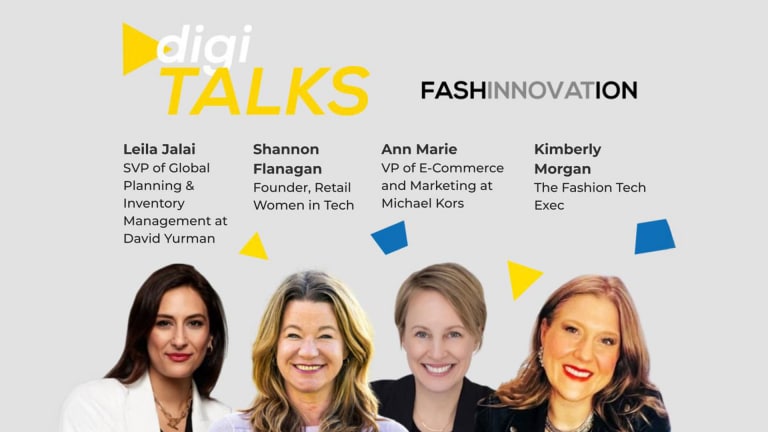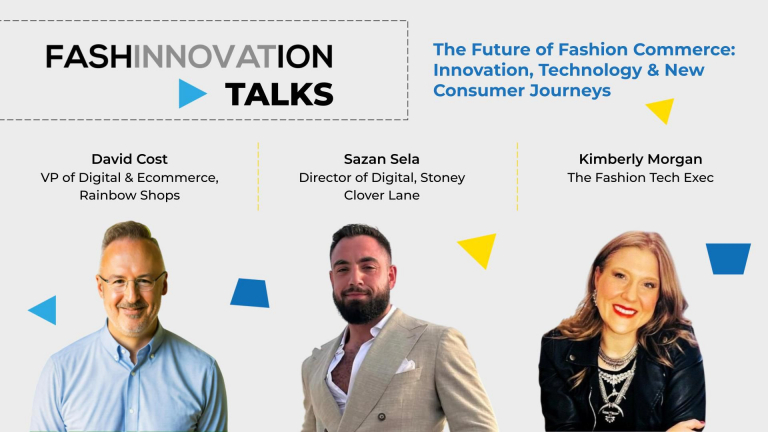When growing a business, taking the right approach is a MUST. Surprisingly, there’s a buzzword in the business world and it is none other than Product-Led Growth. Fueling growth to products, this methodology flourishes growth within a company.
It’s a buzzword that not everyone is familiar with. Yet some of the fastest-growing software businesses utilize this strategy. Could it be the right approach to complete your business dream? Stick around and find out!
What is Product-Led Growth?
Product-Led Growth or PLG, is a ‘business methodology’ or ‘business strategy’. Product-Led Growth presents itself through a product coupled with consumer satisfaction. This product is the primary source to acquire, activate, and retain consumers!
Product Led Growth attracts consumers and creates a company-wide culture to lead along with the product. Companies that use this strategy are able to grow at a faster rate and be more efficient.
Product-Led Growth Strategy
Product Led Growth puts the product into action and essentially places it at the top of the pyramid. It is an action plan, that communicates how sales, engineering, product & marketing teams calculate the growth and success of the company. This action plan results in product growth, value and product satisfaction.
PLG: Significant Questions at Hand
Consider these significant questions at the start of the PLG method: Who will be buying the product? Where will they find the product? Why are they buying the product? and lastly, How are they buying the product?
The PLG strategy breaks the answers to those questions in a simple manner with emphasis towards each question!
Firstly, the products are sold to the users and not buyers. Secondly, the product is found through word of mouth contrary to the traditional way of promoting a product. Thirdly, the product demonstrates value and trust along with something more than what competitors offer. Finally, Users- firsthand are buying the product.
Product-Led Growth: The Three Towers
Definitions of Product-Led Growth have evolved and expanded, through many other sites and posts. To some the strategy may seem intimidating However, to make your life easier, we’ve broken it down into three towers to help build a successful PLG business with just these steps.
Tower 1: Users
PLG companies listen to the users who they are primarily serving. Along the same line the end user is their goal, this means building a culture that often has fast and uninterrupted improvements.
The user has the control therefor, the company places their needs and wants first. With this in mind, the users may opt for personalization if the company offers it.
Tower 2: Demonstrating Value From The Start
Subsequently, the value must always come first with the product. Value is a the major source driving the product with attention to this, value within the product cannot be delayed and must be delivered quickly and effectively.
With the result of customer satisfaction shown before sales, it is granted that users are satisfied with the value they received of the product.
Tower 3: Product Go-To-Market
To conclude the final tower, investing in product data can expand success in PLG by calculating users’ behaviors.
By Building a team that providedrops growth within the business can help capture more value towards the product.
Product-Led Growth Metrics to Take In
Every strategy needs key metrics to make it a successful one. Key metrics are important to stay on track with how the product and the business are doing.
for this purpose, below are some metrics that are important in a product-led growth business;
Acquisition
Monitoring the number of users who sign up for the free trial or the free model that the business offers. Tracking indicators that may show growth is important to help identify new opportunities or challenges that may appear.
Activation Rate & Engagement
This is the percentage of rate of users that have reached value out of the acquisition number. This points to the number of users that found meaning in the product.
CLV & TTV (Customer Life Time Value & Time To Value)
CLV refers to the prediction of how much revenue the consumer will bring to the business, and TTV refers to the time it takes for the user to reach activation.
Revenue
Revenue generating is measured through monthly recurring value and average value.
Retention
Measures the number of users that use the product or continue to pay for the product (monthly).
Referral & Expansion
This is the number of users who ‘refer’ the product to others
PLG in Action: Dropbox and Calendly
Let’s take a look into some companies that use the Product-Led Growth Strategy.
Dropbox
Dropbox is a file storage and a sharing system that allows its product to be used within seconds. Sign up is seamless while the value is delivered fast. When using this system it makes the person using it automatically a Drop-Box user! If the link of the drobox is accessible anyone is able to become a drop box user instantly. Straightaway users see the value within the product.
Calendly
Calendly is a software company that enables user to schedule and confirm meetings. Surely this application helps its user be more organized and have events or meetings from clashing with each other. Thus, the platform also helps achieve promotion through its shares. When using this product you are essentially promoting it! Unquestionably it is a helpful hand for its users.
Wrapping it up: Benefits that Product-Led Growth Companies Have
Product-led growth businesses have benefits that contribute greatly towards their success. Companies that use this methodology have a greater dominant growth engine.
The benefit of a free trial or model leads to a faster customer journey. Having this benefit, helps consumers determine the value of the product that the company released as a result, Product-led growth gives a faster global scale of improvement.
Another benefit when using PLG is revenue production at a higher and faster rate. lower customer acquisitions cost (CAC), enables the company to maintain healthy growth.
In short, Product-Led Growth is another methodology to enable not only, growth but, success as well.
Taking the right steps toward growth enhances the success for a company.
If technology and the virtual world are what you’re into, we have another article for you! Read: TECHNOLOGY & CREATIVITY: WALKING SIDE BY SIDE AT FASHION SHOWS






